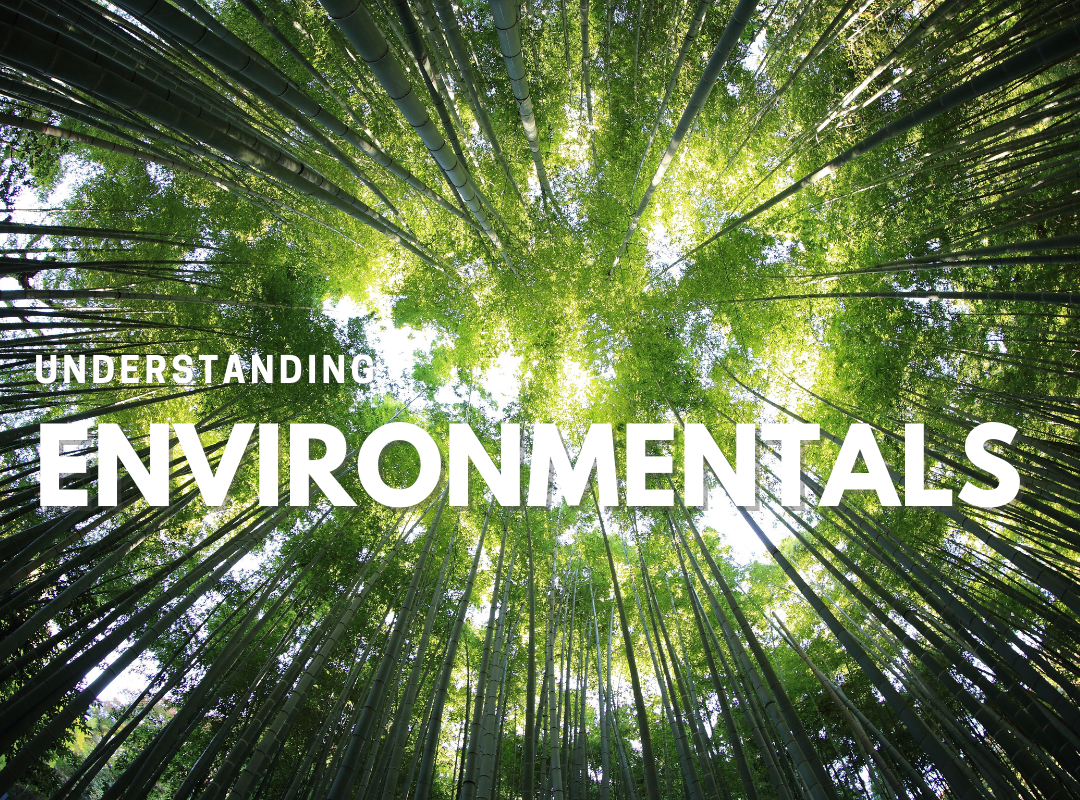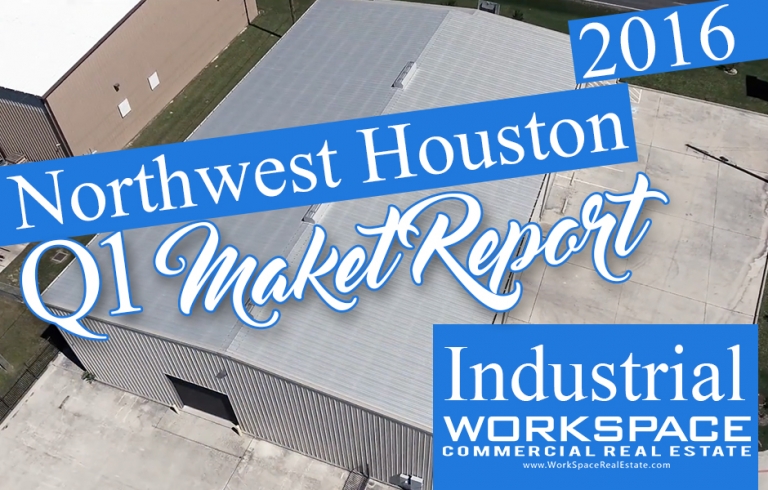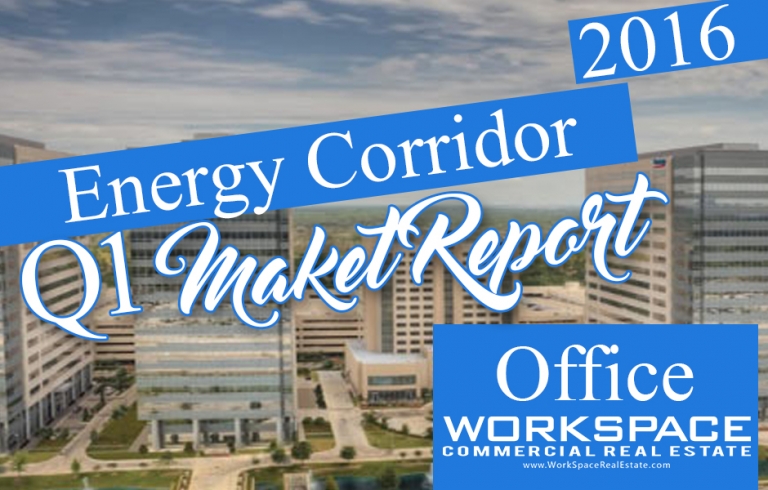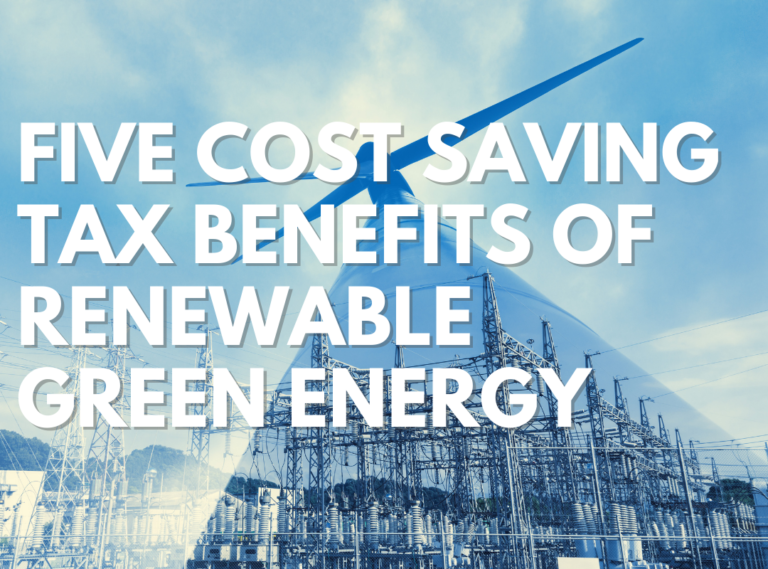Understanding Environmentals
[fusion_builder_container hundred_percent=”no” equal_height_columns=”no” menu_anchor=”” hide_on_mobile=”small-visibility,medium-visibility,large-visibility” class=”” id=”” background_color=”” background_image=”” background_position=”center center” background_repeat=”no-repeat” fade=”no” background_parallax=”none” parallax_speed=”0.3″ video_mp4=”” video_webm=”” video_ogv=”” video_url=”” video_aspect_ratio=”16:9″ video_loop=”yes” video_mute=”yes” overlay_color=”” video_preview_image=”” border_size=”” border_color=”” border_style=”solid” padding_top=”” padding_bottom=”” padding_left=”” padding_right=””][fusion_builder_row][fusion_builder_column type=”1_1″ layout=”1_1″ background_position=”left top” background_color=”” border_size=”” border_color=”” border_style=”solid” border_position=”all” spacing=”yes” background_image=”” background_repeat=”no-repeat” padding_top=”” padding_right=”” padding_bottom=”” padding_left=”” margin_top=”0px” margin_bottom=”0px” class=”” id=”” animation_type=”” animation_speed=”0.3″ animation_direction=”left” hide_on_mobile=”small-visibility,medium-visibility,large-visibility” center_content=”no” last=”no” min_height=”” hover_type=”none” link=””][fusion_text]
If a Phase I ESA identifies potenial contamination of the site by hazardous materials, a Phase II ESA will usually be recommended. The Phase II ESA includes sampling and laboratory analysis to confirm the presence of contaminants. Some of the tests that may be performed include:
- surface soil and water samples
- subsurface soil borings
- groundwater monitoring well installation, sampling, and analysis (may be appropriate on
- neighboring properties as well to determine the presence of contamination)
- drum sampling (if any were left on the property)
- sampling of dry wells, floor drains and catch basins
- transformer/capacitor sampling for Polychlorinated Biphenyls (PCBs)
- geophysical testing for buried tanks and drums
- testing of underground storage tanks
- Clean Up
- Move on
- Ignore the problem
[/fusion_text][/fusion_builder_column][/fusion_builder_row][/fusion_builder_container]






